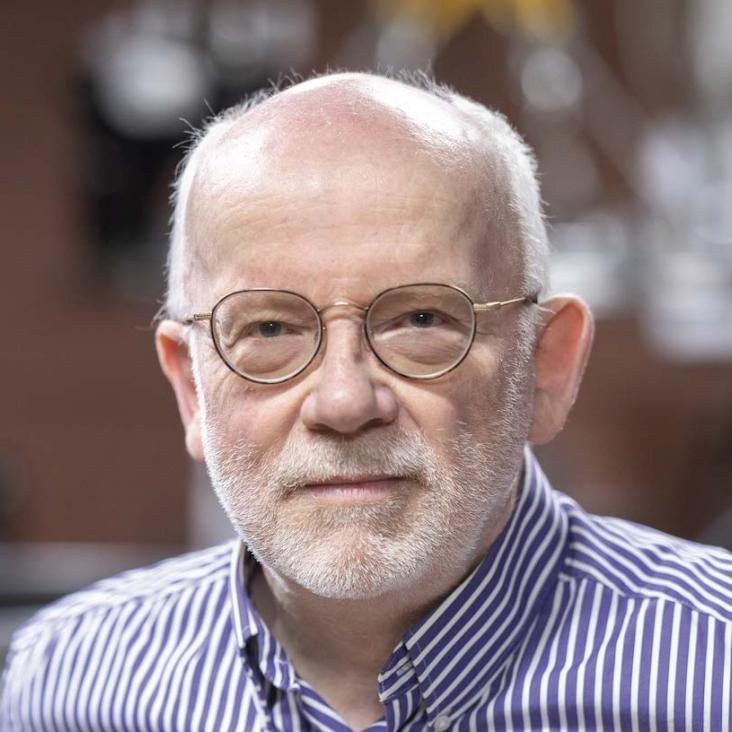Radiative Instabilities in the Stagnation Layer of Colliding, X-Ray Driven Plasma Flows
Monte Carlo modeling of the linear Breit-Wheeler process within the geant4 framework
Abstract:
A linear Breit-Wheeler module for the code geant4 has been developed. This allows signal-to-noise ratio calculations of linear Breit-Wheeler detection experiments to be performed within a single framework. The interaction between two photon sources is modeled by treating one as a static field, then photons from the second source are sampled and tracked through the field. To increase the efficiency of the module, we have used a Gaussian process regression, which can lead to an increase in the calculation rate by a factor of up to 1000. To demonstrate the capabilities of this module, we use it to perform a parameter scan, modeling an experiment based on that recently reported by Kettle et al. [New J. Phys. 23, 115006 (2021)]. We show that colliding 50-fs duration γ rays, produced through bremsstrahlung emission of a 100 pC, 2-GeV laser wakefield accelerator beam, with a 50-ps x-ray field, generated by a germanium burn-through foil heated to temperatures > 150 eV, this experiment is capable of producing > 1 Breit-Wheeler pair per shot.


